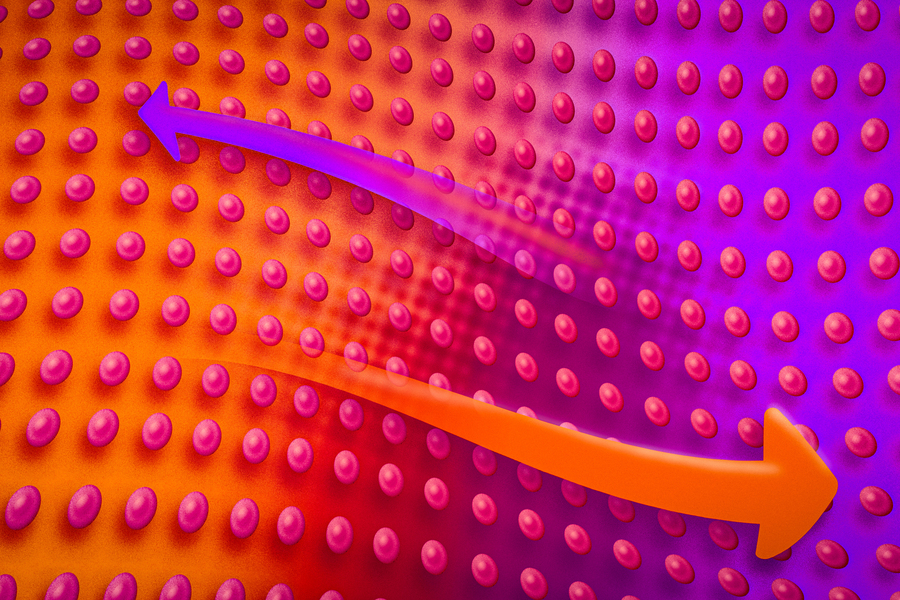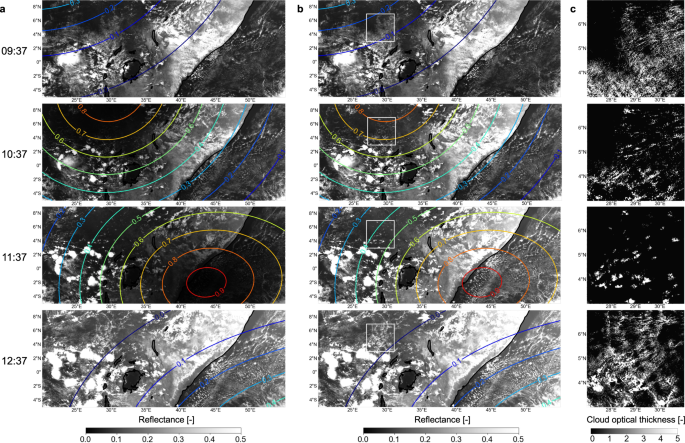2024-02-08 マサチューセッツ工科大学(MIT)

For the first time, MIT physicists have captured direct images of “second sound,” the movement of heat sloshing back and forth within a superfluid. The results will expand scientists’ understanding of heat flow in superconductors and neutron stars. Credits:Image: Jose-Luis Olivares, MIT
<関連情報>
- https://news.mit.edu/2024/mit-physicists-capture-first-sounds-heat-sloshing-superfluid-0208
- https://www.science.org/doi/10.1126/science.adg3430
強く相互作用するフェルミ気体における超流動転移のサーモグラフィ Thermography of the superfluid transition in a strongly interacting Fermi gas
ZHENJIE YAN , PARTH B. PATEL , BISWAROOP MUKHERJEE , CHRIS J. VALE , […], AND MARTIN W. ZWIERLEIN
Science Published:8 Feb 2024
DOI:https://doi.org/10.1126/science.adg3430
Editor’s summary
In superfluids, heat propagates like a wave in a phenomenon dubbed “second sound. ” However, observing this propagation directly is tricky. Yan et al. used a quantum gas of strongly interacting fermionic lithium atoms held in a box potential to visualize second sound. The researchers used radiofrequency spectroscopy to map out local changes to the temperature. Above the superfluid transition, heat propagated diffusively, but below the transition, wave-like propagation characteristic of second sound was observed. —Jelena Stajic
Abstract
Heat transport can serve as a fingerprint identifying different states of matter. In a normal liquid, a hotspot diffuses, whereas in a superfluid, heat propagates as a wave called “second sound.” Direct imaging of heat transport is challenging, and one usually resorts to detecting secondary effects. In this study, we establish thermography of a strongly interacting atomic Fermi gas, whose radio-frequency spectrum provides spatially resolved thermometry with subnanokelvin resolution. The superfluid phase transition was directly observed as the sudden change from thermal diffusion to second-sound propagation and is accompanied by a peak in the second-sound diffusivity. This method yields the full heat and density response of the strongly interacting Fermi gas and therefore all defining properties of Landau’s two-fluid hydrodynamics.


